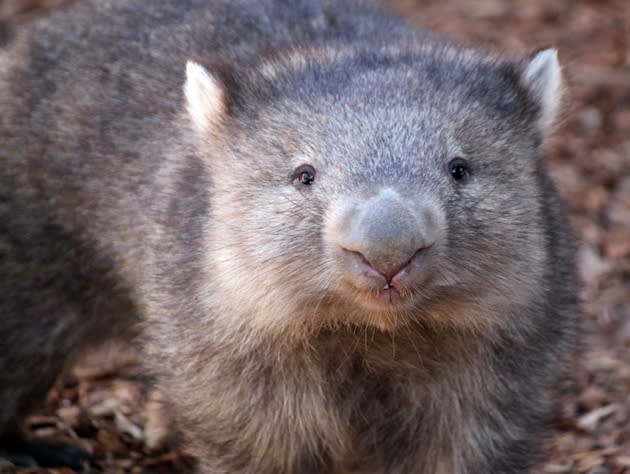 The Sideshow
The SideshowMass grave of ‘giant wombats’ discovered in Australia

Scientists have discovered a mass grave that is home to about 50 prehistoric "giant wombats," the largest known marsupial that ever lived.
The BBC reports the Diprotodon skeletons, believed to be between 100,000 and 200,000 years old, were discovered in Queensland, Australia, and represent a potentially historic find.
"It's a paleontologist's' goldmine where we can really see what these megafauna were doing, how they actually behaved, what their ecology was," said lead scientist Scott Hocknull, from the Queensland Museum in Brisbane. "When we did the initial survey I was just completely blown away by the concentrations of these fragments."
The largest of the specimens has been nicknamed "Kenny," and reportedly has a 28-inch-wide jawbone. Though not exactly the same as the modern day wombat, the Diprotodon is considered a direct relative of the Australian herbivore.
The Diprotodon were of epic proportions; the size of a rhinoceros (about 10 feet long) and weighed more than 6,000 pounds. They had backward-facing pouches that were big enough to carry an adult human, according to the BBC.
The 50 specimens reportedly became trapped in the boggy area and were likely killed by prehistoric crocodiles and other lizards, whose skeletons have also been discovered at the site.
"We're almost certain that most of these carcasses of Diprotodon have been torn apart by both the crocodiles and the lizards, because we've found shed teeth within their skeletons from both animals," Hocknull said.
The giant wombats first appeared in Australia about 1.6 million years ago and are believed to have lived there until their extinction, which occurred about 25,000 to 50,000 years ago. Scientists say they believe some form of climate change and hunting from humans likely contributed to the megafauna's downfall, according to the journal Science.


